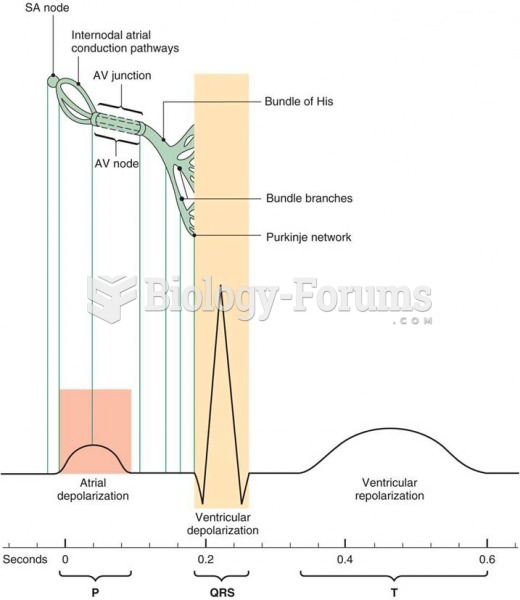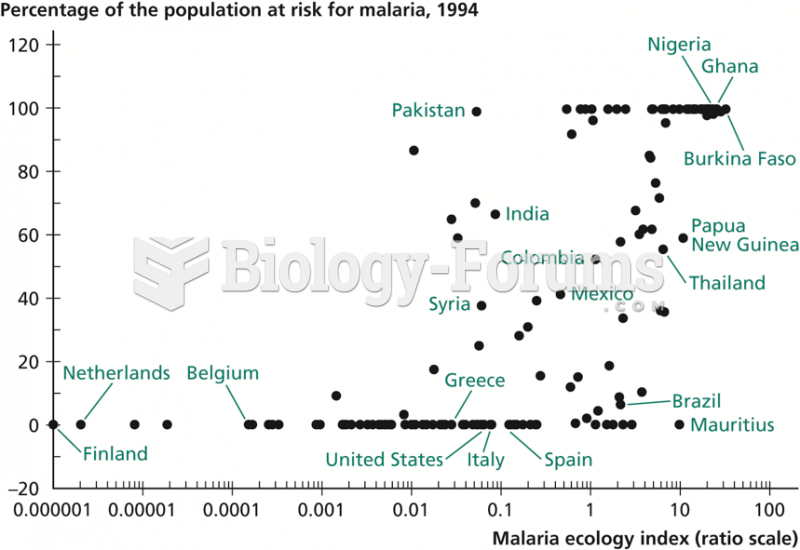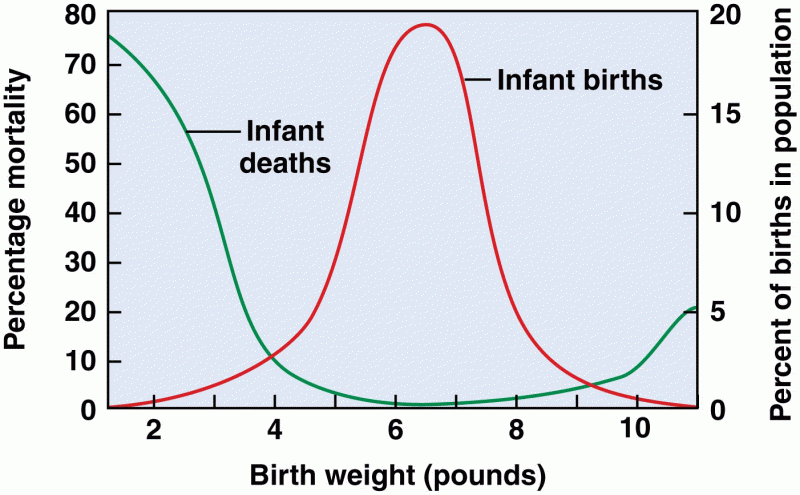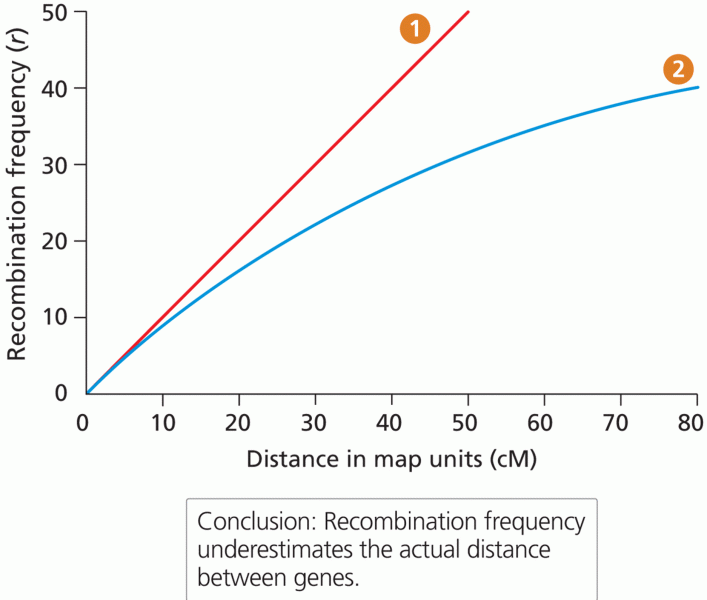Answer to Question 1
It does not matter whether a tax is imposed on the buyers or the sellers. Once the tax is imposed in the market, the buyers and the sellers generally will both pay a share of the tax because the buyers will pay a higher price and the sellers will receive a lower price. The incidence of the tax between the buyers and the sellers depends in the elasticities of demand and supply. Because elasticity is a measure of sensitivity to a change in price, the side of the market--buyers or suppliers--that is less sensitive to price changes will end up paying a larger proportion of the tax.
Answer to Question 2
Jake can spend an hour to fry 1.5 chickens or toast 6 slices of bread, which means 1 chicken costs him 6 slices of bread 1.5 chickens = 4 slices of bread per chicken while 1 slice of bread costs him 1.5 chickens 6 slices of bread = 0.25 of a chicken per slice of bread. Elwood spends an hour to fry 1 chicken or toast 15 slices of bread, which means 1 chicken costs him 15 slices of bread 1 chicken = 15 slices of bread per chicken while 1 slice of bread costs him 1 chicken 15 slices of bread = 0.067 of a chicken per slice of bread. Thus, Jake has a comparative advantage (a lower opportunity cost) in frying chickens, whereas Elwood has a comparative advantage in toasting bread. The brothers can gain from specialization. For example, suppose each of them spends 2 hours to fry chickens and 2 hours to toast bread. Then, Jake will produce 3 chickens and 12 slices of bread and Elwood will produce 2 chickens and 30 slices of bread, so that together they will produce 5 chickens and 42 slices of bread. But, if Jake specializes in his comparative advantage, frying chickens and spends all 4 hours frying chickens, he will produce 6 chickens. And if Elwood specializes in his comparative ad-vantage, toasting bread, and spends all 4 hours toasting bread, he will produce 60 slices of bread. Then, together they will produce 6 chickens and 60 slices of bread. The gain from specialization is 1 extra chicken and 18 extra slices of bread.







